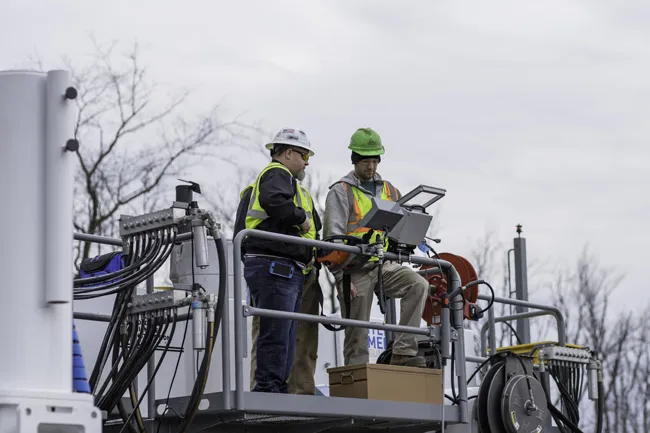An overpass demolition job in the US state of Washington caused problems when a chunk of the roadway fell the wrong way. Luckily no-one was hurt when the chunk of reinforced concrete dropped but it caused serious damage to water lines and other utilities that will now have to be repaired. The project forms part of a series of upgrades to the key SR16 highway link.
January 14, 2013
Read time: 1 min
Link provided courtesy of 'demolition news’
An overpass demolition job in the US state of Washington caused problems when a chunk of the roadway fell the wrong way. Luckily no-one was hurt when the chunk of reinforced concrete dropped but it caused serious damage to water lines and other utilities that will now have to be repaired. The project forms part of a series of upgrades to the key SR16 highway link.
An overpass demolition job in the US state of Washington caused problems when a chunk of the roadway fell the wrong way. Luckily no-one was hurt when the chunk of reinforced concrete dropped but it caused serious damage to water lines and other utilities that will now have to be repaired. The project forms part of a series of upgrades to the key SR16 highway link.








